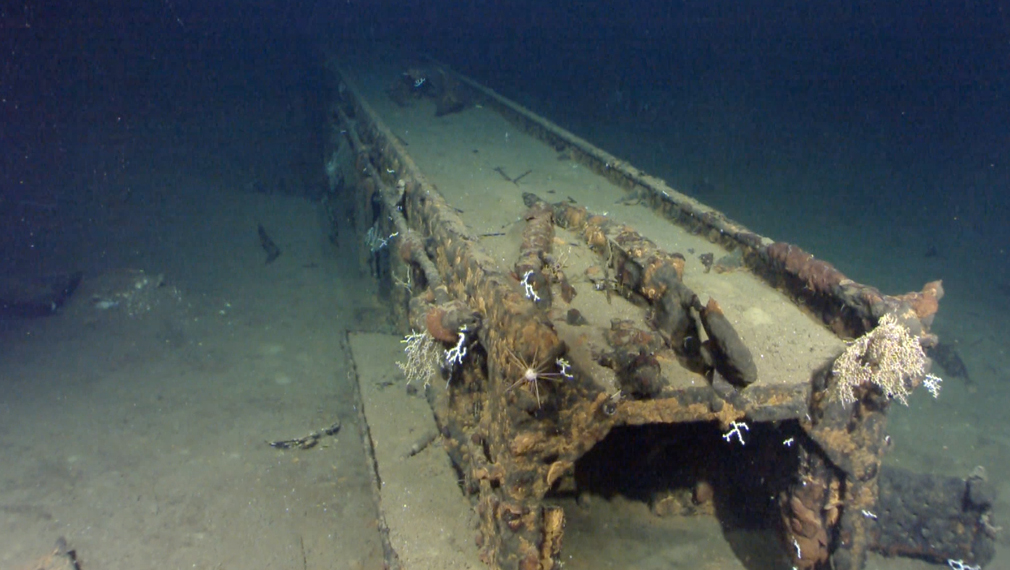Sunken Japanese WWII Battleship Located in the Philippines

More than 70 years after it sank during World War II, the legendary Japanese battleship Musashi has been discovered off the coast of the Philippines.
Billionaire Microsoft co-founder Paul Allen has been leading an expedition to find the Musashi — one of the biggest battleships ever built — aboard his high-tech 414-foot-long (125 meters) yacht, the M/Y Octopus. The team announced this week that they finally located the shipwreck in the Sibuyan Sea.
"Mr. Allen has been searching for the Musashi for more than 8 years, and its discovery will not only help fill in the narrative of WWII's Pacific theater, but bring closure to the families of those lost," a statement on Allen's website said. [See photos of the battleship Musashi's sunken remains]
The Musashi and her sister ship, the Yamato, were considered the heaviest and most powerful battleships ever built, though neither survived World War II.
The Yamato sank during a fierce battle for Okinawa on April, 7 1945. In the 1980s, shipwreck hunters found the Yamato 180 miles (290 kilometers) southwest of Kyushu, one of the main islands of Japan. The ship was split in two and was found resting at a depth of 1,120 feet (340 m).
American forces sank the 862-foot-long (263 m), 73,000-ton (66,225 metric tons) Musashi on Oct. 24, 1944, during the Battle of Leyte Gulf, killing more than 1,000 members of the ship's 2,399-person crew. The final resting place of the ship remained elusive for decades, despite eyewitness accounts of the sinking.
Allen's team hasn't revealed too much information about exactly where and how they found the Musashi, but according to a news release, they drew from historical records from four different countries, topographical data and advanced technology aboard the M/Y Octopus. A tweet from Allen indicated that the wreck was discovered about 3,280 feet (1 km) below the water's surface.
Get the world’s most fascinating discoveries delivered straight to your inbox.
The team released crisp underwater footage taken by a remotely operated vehicle (ROV) that shows several parts of the ship, including a catapult system that was used to launch float planes, a wheel on a valve from an engineering area that had Japanese script, the turret from an 18-inch (46 centimeters) naval gun, a 15-ton anchor and the battleship's bow.
Allen has a history of bankrolling ambitious tech and exploration projects. He was an early backer of Scale Composites' suborbital spacecraft SpaceShipOne. He later founded his own spaceflight company, Stratolaunch Systems, with Scale Composites founder Burt Rutan. The company is trying to build the world's largest air-launched space rocket. In 2012, Allen lent his yacht to support filmmaker James Cameron's expedition to the bottom of the Mariana Trench, the ocean's deepest point.
Allen and his team said they plan to work with the Japanese government to ensure the wreck of the Musashi is treated "respectfully and in accordance with Japanese traditions."
Follow Megan Gannon on Twitter. Follow us @livescience, Facebook & Google+. Original article on Live Science.



